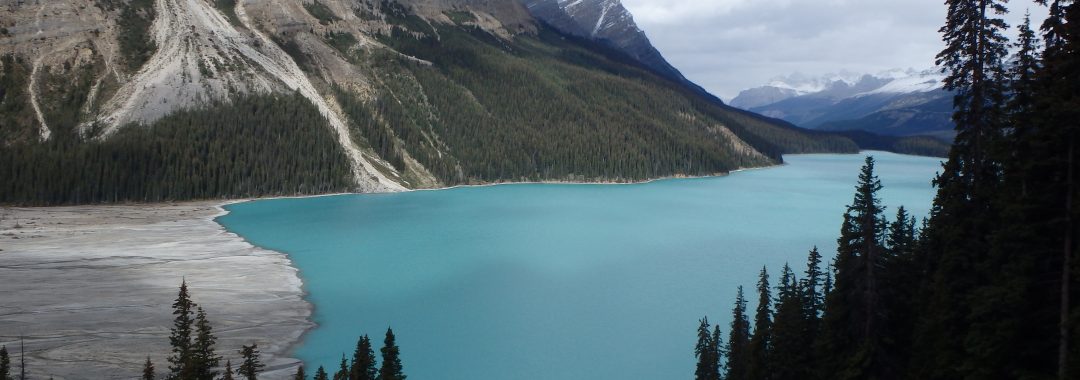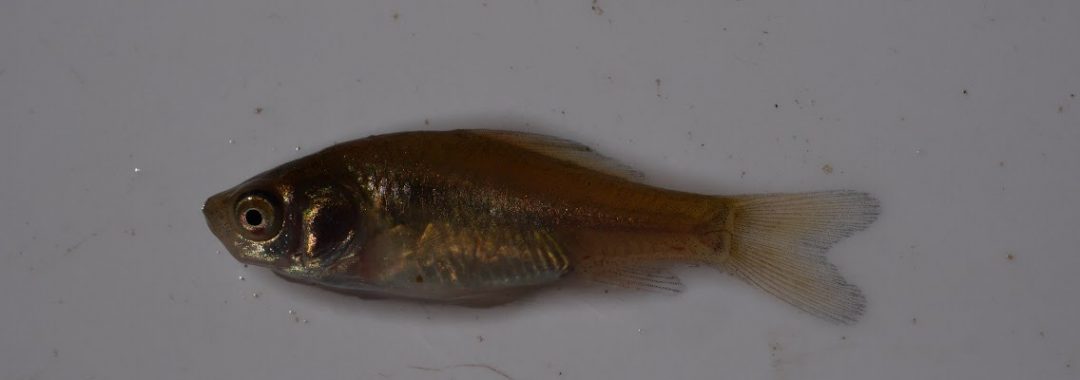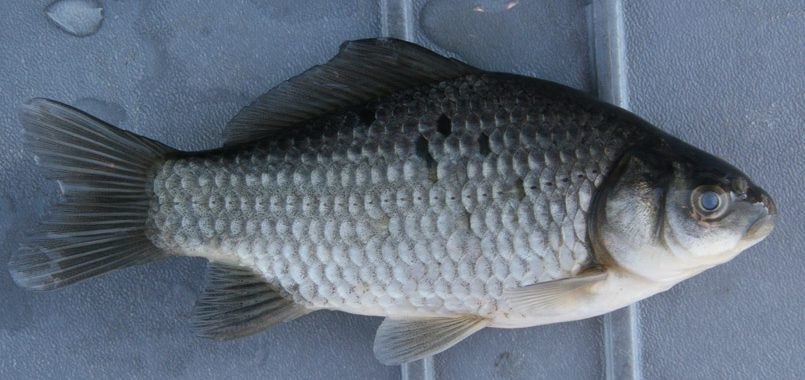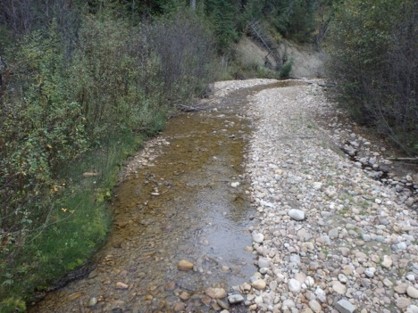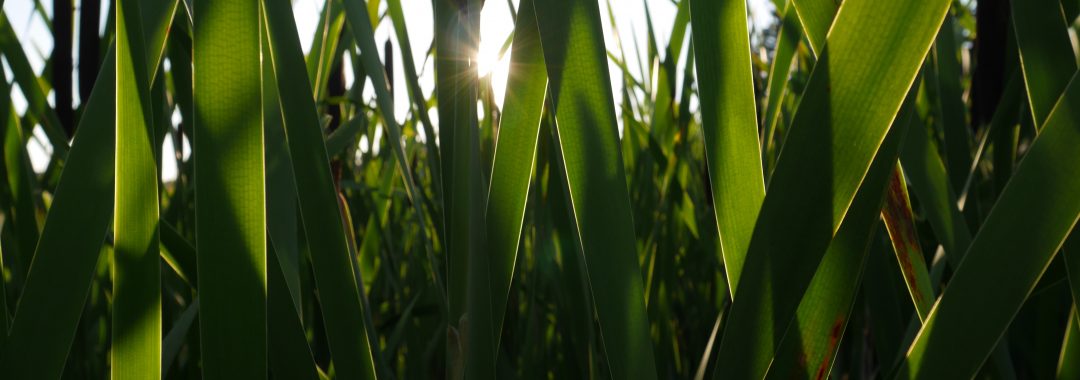Abstract:
Biodiversity and mitigation banking has become a popular alternative offsetting mechanism, especially for freshwater species and systems. Central to this increase in popularity is the need for sound control mechanisms to ensure offset functionality. Two commonly used mechanisms are monitoring requirements and staggered release of bank credits over time. We used data from 47 banks in the United States, targeting freshwater systems and species. Based on the 47 banks meeting our criteria we showed that control mechanisms generally scale with increased project complexity and that banks release most of their total credit amount within the first 3 years. We further showed that advance credits are common and can increase the potential for credit release without providing tangible ecological benefits. Physical and biological assessment criteria commonly used by banks let us identify three main bank types focusing on connectivity, physical aspects, and habitat and species and their application possibilities and caveats to provide different ecosystem benefits for freshwater species and systems affected by anthropogenic development.
Citation: Theis, S. and M. S. Poesch. (2024). Mitigation bank applications for freshwater systems: Control mechanisms, project complexity, and caveats. PLOS One 19(2): e-292702.
Also Read:
*Lab members: Sebastian Theis, Mark Poesch. Check out opportunities in the lab!


